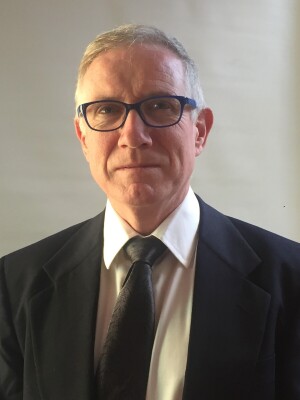by
Gus Iversen, Editor in Chief | February 09, 2023
The European Congress of Radiology (ECR) is taking place March 1-5 in Vienna, and in many ways it’s a meeting that hopes to mark a return to normalcy. DOTmed spoke to Adrian Brady, president of the European Society of Radiology (ESR) to learn more about his background in medicine, and what people can expect at the meeting.
HCB News: Who or what inspired you to pursue a career in healthcare?
Adrian Brady: I didn’t have a family history in medicine. My parents did other things, but I was a nerdy kid, and from the moment I started studying science, and particularly biology, in secondary school, it clicked in my head that I loved this. Within biology, it was human biology that interested me most. So, in a way, I made life easy for my parents, because by age 12 I decided I wanted to be a doctor and I never deviated from that, and some substantial number of decades after that I have not regretted it.



Ad Statistics
Times Displayed: 49670
Times Visited: 1409 Ampronix, a Top Master Distributor for Sony Medical, provides Sales, Service & Exchanges for Sony Surgical Displays, Printers, & More. Rely on Us for Expert Support Tailored to Your Needs. Email info@ampronix.com or Call 949-273-8000 for Premier Pricing.
HCB News: What are the main goals you are championing as ESR president?
AB:What I want to see, first and foremost, is a successful congress. The last couple of years have been strange for everybody. The COVID pandemic changed a lot of what we did, and the society leadership and office staff pivoted wonderfully to manage how we function. I want to see us return to doing what we’ve been very good at for decades now, which is providing comprehensive education to radiologists, and comprehensive updates for those who are subspecialists in their practice.
So, it’s like that old phrase, “if it ain’t broke don’t fix it”. I don’t want to change what is a wonderful structure, I want to see us return to the success of the congress, get people back in Vienna in March, and make it worth their while to be there. If we are successful in March, we will be successful this year as a society.
At the same time, there’s much more to our society than just the congress. Our European School of Radiology (ESOR), for example, traditionally provided education on a face-to-face basis with many fellowships and many courses throughout the academic year. All of that had to shift online and then, more recently, into a hybrid format. I suspect we may never go back to doing things precisely as we used to, but I’m glad to see the ESOR is very active again this year and is increasing our outreach. That’s another measure of success, a fully functioning school curriculum and agenda.
HCB News: Are there any developments within the field of radiology over the last 12 months that you’re particularly excited about?
AB:Ways of working have changed. Two years ago, we were talking about how COVID looked on imaging. Last year we talked about the long-term implications of COVID, imaging findings that would indicate long COVID, and sought out information on the pathophysiology. I think this year we may be talking about how adapting to COVID has influenced the way radiologists work.

